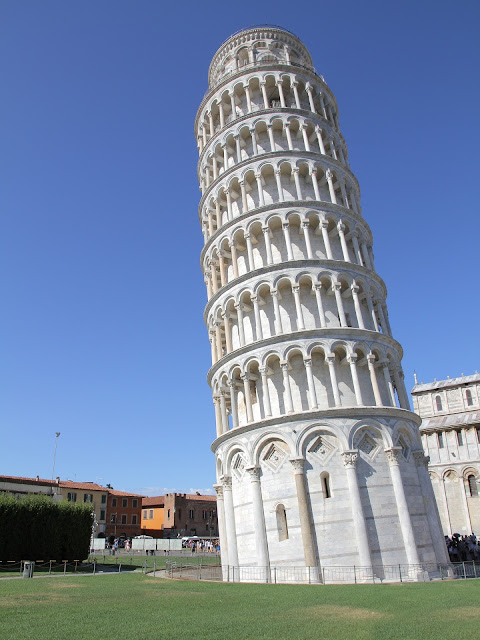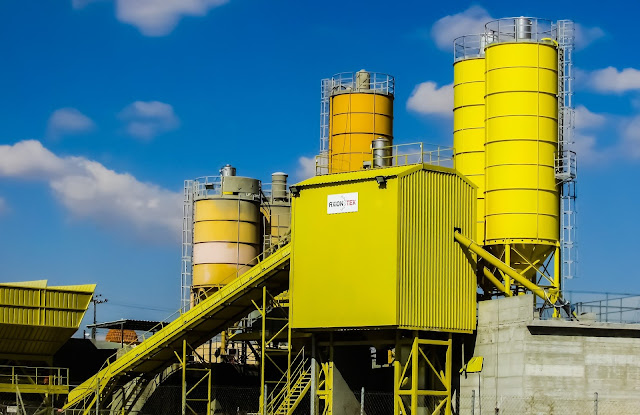Featured
- Get link
- X
- Other Apps
Falling Water - Frank Lloyd Wright
Falling water designed by Frank Lloyd Wright Falling water was designed as the weekend home for the Kaufmann family and it's found an hour and a half from Pittsburgh in rural Pennsylvania after a landscape of cows corn fields and barns we reach this lush sanctuary and here to Falling water. We walk along the path and out of nowhere appears one of the greatest architectural works in America falling water this house was built into the landscape on top of the waterfall even if it was built today it would be impressive but it was built in 1935. This is so incredible look the waterfall is back there and then it continues on that side.
This stunning masterpiece there's only one supportive game the cantilever design blended South American and Latin American art in with Asian art when he created this piece here just come back from Japan so there's a lot of Japanese influence because the support is on it we are at falling water this right here is the pool area and this is the second building in the house contention between the Kaufman's and Frank Lloyd Wright about building this but this was a requirement believer design this is the walkway leading up to falling water how was it right here amazing this means to be listed by UNESCO. This is a National Historic Landmark protected by Frank Lloyd Wright's design was daring and ahead of its time with its striking integration into the natural surroundings can you guess what the final cost of this home was in 1935 the original cost of the home was a hundred and fifty five thousand dollars and adjusted for inflation today will be equivalent to 2.7 million.
The house was built partly over a waterfall on Bear Run in the Mill Run section of Stewart Township, Fayette County, Pennsylvania, located in the Laurel Highlands of the Allegheny Mountains. The house was designed as a weekend home for the family of Liliane Kaufmann and her husband, Edgar J. Kaufmann Sr., owner of Kaufmann's Department Store.
Architect :
Frank Lloyd Wright (June 8, 1867 – April 9, 1959) He was an American architect, interior designer, writer, and educator, whose creative period spanned more than 70 years, designing more than 1,000 structures, of which 532 were completed. Wright believed in designing structures that were in harmony with humanity and its environment, a philosophy he called organic architecture. This philosophy was best exemplified by Falling water (1935), which has been called "the best all-time work of American architecture." As a founder of organic architecture, Wright played a key role in the architectural movements of the twentieth century, influencing three generations of architects worldwide through his works.
Location : rural southwestern Pennsylvania, 43 miles (69 km) southeast of Pittsburgh.
Architectural style : Modern Architecture
Construction started : 1936
Construction completed : 1939
Functions :
Falling water was the family's weekend home from 1937 until 1963, when Edgar Kaufmann Jr. donated the property to the Western Pennsylvania Conservancy. The family retreated at Falling water on weekends to escape the heat and smoke of industrial Pittsburgh. Liliane enjoyed swimming in the nude and collecting modern art, especially the works of Diego Rivera, who was a guest at the country house.
Building elements :
Falling water was designed in two parts: the main house (5,330 sq.ft) and the guest house (1,700 sq.ft). It is center around the fireplace, cut into by a rock which brings the waterfall physically inside. The natural surroundings incorporated throughout the house, such as the living room which includes steps that lead directly to the water below.
The house includes :
First floor: Open living room, compact kitchen, and simple rooms.
Second floor: Three small bedrooms.
Third floor: Study and bedroom.
Dark and narrow passageways were designed to give a sense of compression that contrast in dramatic style with the sense of expansion in the larger rooms. Wright designed the ceilings to be relatively low – only 6'4” in some places, to direct the eye to the outside. Externally, the chimney is extended upwards to make it the highest point on the house. Long cantilevered terraces made of reinforced concrete protrude in a series of right angles to add an element of sculpture as well as a strong horizontal emphasis. Wright allowed nature to determine the building's elements, including a trellis beam, bent to accommodate a pre-existing tree. The house uses a large amount of glass, with no exterior wall facing the waterfalls. Instead there is only a central stone core for the fireplaces and stone columns. Wright used 'corner-turning windows' without mullions to 'break the box of the house and cause the corners to vanish'. Despite suggesting that the house's concrete surfaces be coated in gold leaf, Wright only used two colors throughout the house – a light ochre for the concrete and a Cherokee red for the steel. This limited color palette created a unified and organic composition.
- Get link
- X
- Other Apps
Popular Posts
How can we protect Leaning Tower of pisa?
- Get link
- X
- Other Apps
What is the profit margin for ready mix concrete business in India?
- Get link
- X
- Other Apps



Comments
Post a Comment